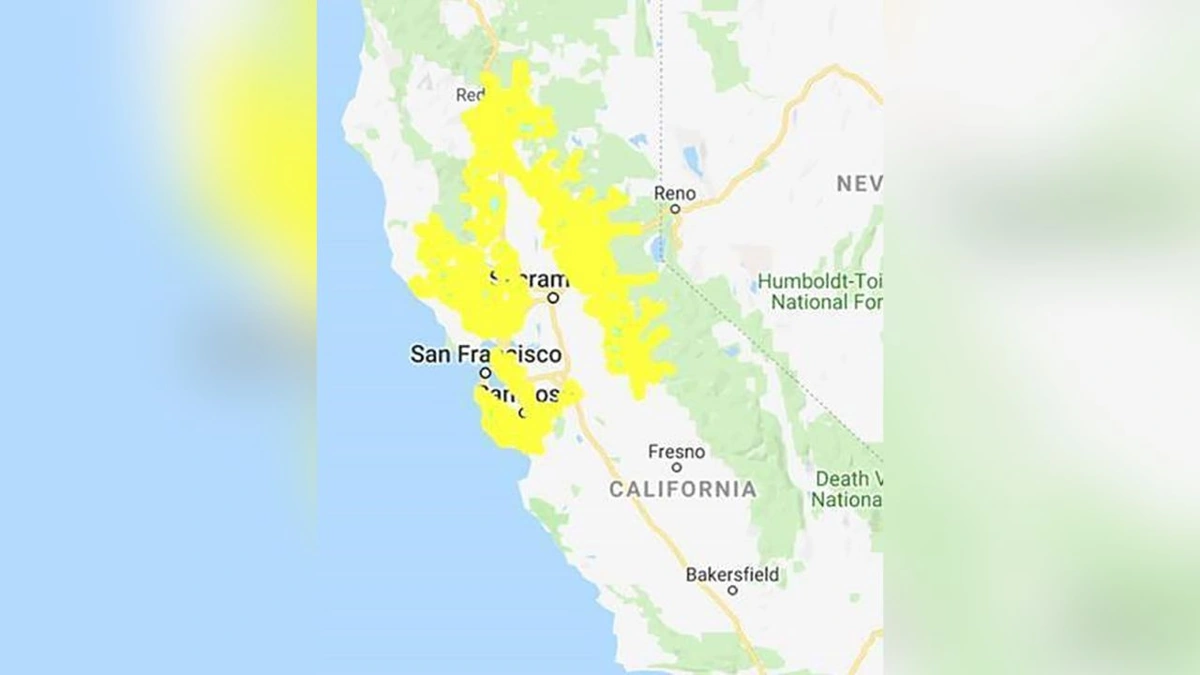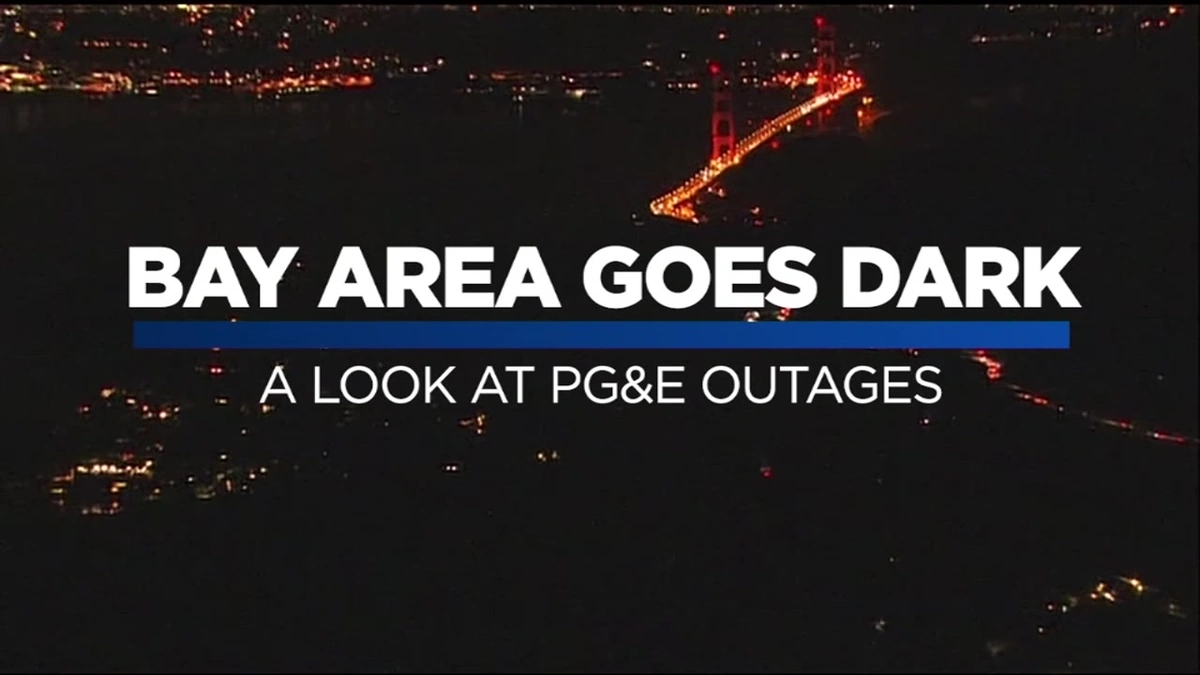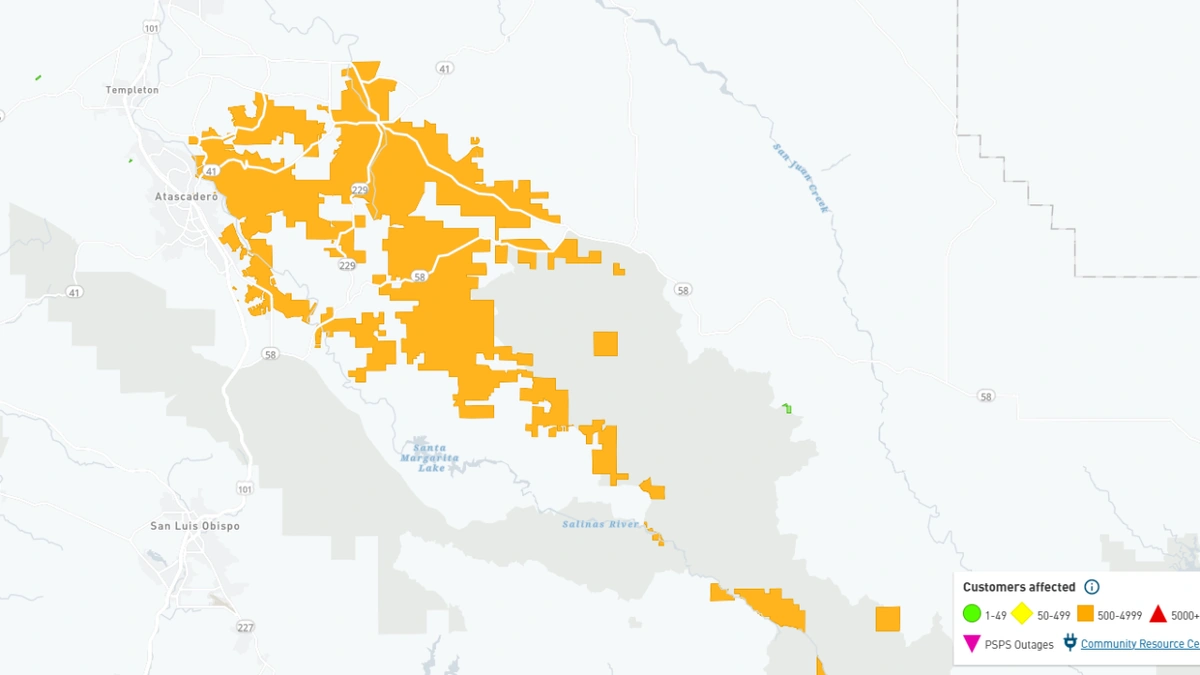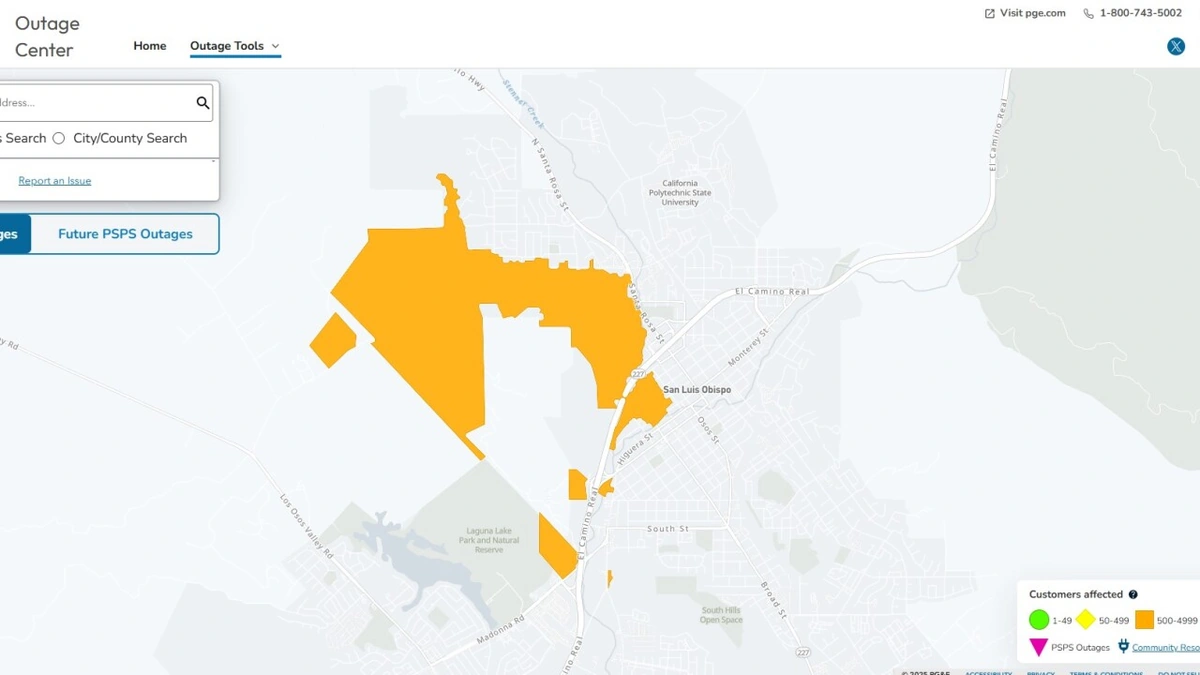Let’s be honest. We in India have a complicated relationship with electricity. We’ve all experienced that moment when the fan slows to a gentle whir, the lights flicker, and the world goes silent. “Bijli chali gayi.” It’s an annoyance, a part of life, especially during a heavy monsoon storm or a sweltering summer day. But what if I told you that in the heart of Silicon Valley the land of Google, Apple, and technological miracles the power is sometimes cut on purpose ? For days on end?
That’s the bizarre, unsettling reality behind the term you might see trending: the PGE outage . And it’s not just a story about an American power company. It’s a gripping, real-time drama about climate change, aging infrastructure, and corporate accountability a warning sign flickering for all of us.
So grab your coffee, let’s pull up a chair. We need to talk about why the lights going out in California should matter to you, whether you’re in Mumbai, Bengaluru, or a quiet town in Kerala.
What on Earth is a “PGE Outage”? (Hint | It’s Not Your Usual Power Cut)

First things first. PG&E stands for the Pacific Gas and Electric Company. It’s a massive, century-old utility that provides power to a huge chunk of Northern and Central California, a region larger than many countries and home to the world’s tech engine.
Now, when we talk about a PGE outage , we’re often not talking about a squirrel chewing a wire or a transformer blowing up. We’re increasingly talking about something called a “Public Safety Power Shutoff,” or PSPS.
Let me rephrase that for clarity: This is the power company looking at the weather forecast and deciding to intentionally plunge millions of people into darkness as a preventative measure.
Think about that for a second. It’s a desperate, almost medieval solution in the most technologically advanced place on the planet. I initially thought this was a wild exaggeration, but it’s the stark reality. While we are building smart cities, they are dealing with a problem that feels like it belongs in a history book. The core of the issue isn’t a lack of power; it’s the fear of what that power can do.
The Billion-Dollar Question | Why Are They Intentionally Causing Blackouts?

The answer, in one word, is fire.
California, due to a mix of historical land management practices and the relentless advance of climate change, has become a tinderbox. Summers are hotter, longer, and drier. The winds, particularly in autumn, can be ferocious hot, dry gusts that can turn a tiny spark into a raging inferno in minutes. And what creates sparks? Often, it’s the very infrastructure designed to power modern life: the electrical grid.
Here’s the thing: Much of PG&E’s equipment the poles, the wires, the transformers is decades old. It runs for thousands of miles over rugged, tree-filled terrain. When high winds whip through, they can knock trees into power lines or, even worse, cause the lines to slap together. This creates sparks. In bone-dry conditions, those sparks can ignite catastrophic wildfires.
This isn’t a theoretical risk. PG&E’s equipment has been officially blamed for some of California’s most destructive fires, including the 2018 Camp Fire, which wiped out the town of Paradise and killed 85 people. The company was forced into bankruptcy and pleaded guilty to involuntary manslaughter. Faced with colossal legal and financial liability, the PSPS became their grim, last-resort tool. If the fire risk is too high (a combination of low humidity, dry vegetation, and high winds), they shut down the grid to prevent their equipment from starting another disaster. You can often see the active risk by checking the PGE outage map during critical weather events. The map tells a story of a region holding its breath.
It’s a horrifying choice: endure a planned, multi-day blackout or risk an unplanned, landscape-altering firestorm. That’s the reality for millions.
The Silicon Valley Paradox | A Tech Utopia with Fragile Foundations

What fascinates me is the sheer irony of it all. This is happening in a place that has given us the iPhone, self-driving cars, and artificial intelligence. People there are building the metaverse while simultaneously worrying if their refrigerator will have power tomorrow. It’s a jarring disconnect.
The PGE power outage problem is a powerful reminder that all our modern digital marvels are built on a foundation of very physical, very analogue infrastructure. You can have the fastest fibre optic internet in the world, but it’s useless if the server farm has no electricity. You can work from home for a global tech giant, but not if you can’t charge your laptop. For a deeper dive into the lives of the wealthy who live in these areas, you might find articles on people like Venus Williams net worth or Sarah Huckabee Sanders interesting, as they showcase a world far removed from worrying about basic utilities.
This situation exposes a chronic disease of modern development: prioritizing the shiny and new while neglecting the old and essential. For decades, instead of spending billions to upgrade the grid burying power lines, insulating conductors, installing smarter switches that money went elsewhere. Now, the bill is due, and the cost is being paid not just in dollars, but in safety and stability.
It’s a crucial lesson for us in India. As we rapidly expand our cities and digital infrastructure, are we also reinforcing the steel, concrete, and copper that hold it all up? Or are we building a gleaming top floor on a shaky foundation?
Why This Matters to You, Sitting in India

Okay, so it’s a mess over there. But why should it occupy our headspace? Because the forces driving the PGE outage today are not unique to California. They are global.
1. It’s a Preview of Climate Change’s Real-World Impact: The extreme weather the droughts, the winds is a direct consequence of a warming planet. This isn’t a future problem; it’s happening now. California’s wildfires are the equivalent of our own climate-related crises, like the increased frequency of cyclones, urban flooding in our biggest cities, and unpredictable monsoons. Their struggle is a glimpse into a future where basic services become unreliable.
2. Economic & Professional Ripple Effects: Many of us in the Indian tech and business sectors are deeply integrated with Silicon Valley. A major, prolonged PGE outage doesn’t just disrupt life there; it can delay projects, tank quarterly earnings for tech giants, and disrupt the workflow for thousands of Indian professionals who collaborate with US-based teams. The global economy is a tightly woven fabric; a pull on one thread is felt thousands of miles away.
3. A Masterclass in What Not to Do: The saga is a case study in the perils of delayed infrastructure investment. As India plans its next wave of development, the lesson from PG&E is clear: maintenance and modernization aren’t optional expenses. They are fundamental to a society’s resilience. Neglecting them leads to catastrophic failure, as detailed in the history of the Camp Fire .
Your Questions About PG&E Outages, Answered
How can someone check for a current PGE outage?
The most reliable way is the official PG&E Outage Center website, which features a real-time PGE outage map . During a major event, local news outlets in California also provide constant updates.
Is a Public Safety Power Shutoff (PSPS) the same as a rolling blackout?
No. Rolling blackouts are typically caused by a power supply shortage demand is higher than what can be produced. A PSPS is a preventative measure to stop power lines from starting wildfires during dangerous weather, even when there is plenty of electricity available.
Why don’t they just bury all the power lines?
This is the ultimate solution, but it’s incredibly expensive and slow. Estimates run into the tens of billions of dollars, and it would take decades to bury the thousands of miles of lines, much of it over difficult, mountainous terrain. They are doing it, but it’s a very slow process.
What are people in California doing to cope?
There’s a massive boom in home generators, solar panels, and battery backup systems like the Tesla Powerwall. People are becoming more self-reliant, creating a patchwork of personal microgrids because they can no longer fully trust the main grid.
Does this affect the big tech companies?
Yes and no. Large corporate campuses like Apple’s and Google’s have extensive backup power generation and can often operate “off-grid” for a while. However, their employees are affected at home, and the overall instability is a major concern for business operations in the region.
The story of the PGE outage is far from over. It’s a messy, complicated issue at the intersection of climate, technology, and policy. But seeing it trending isn’t just a piece of foreign news. It’s a stark reminder that progress is fragile and the systems we depend on require constant vigilance. It’s a warning light on the dashboard of our shared, interconnected world, and we’d be wise to pay attention.




